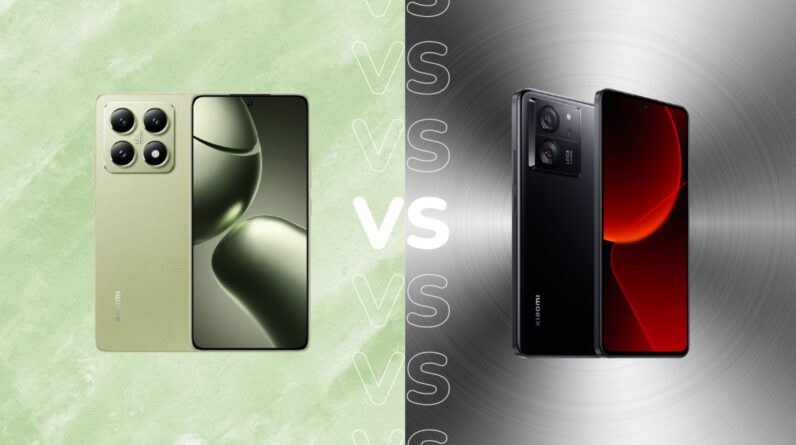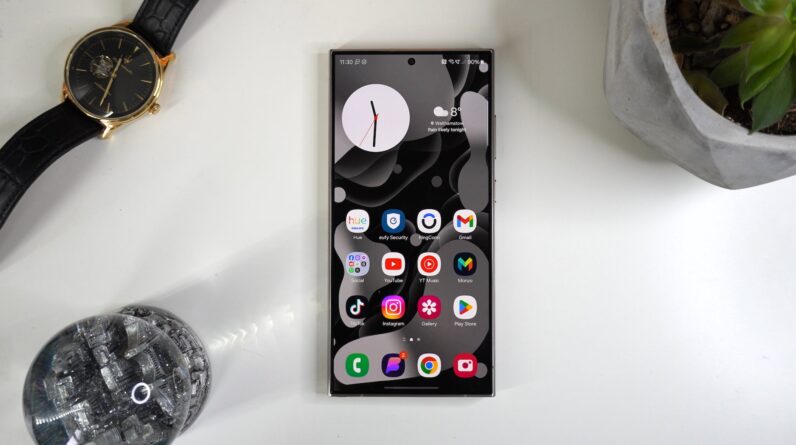
Xiaomi has just released its latest mid-range handset with the Xiaomi 14T, but how does it compare to last year’s mid-range alternative, the 13T?
While the two handsets have been co-engineered with Leica, run on Android and have MediaTek processors, there are quite a few key differences and upgrades between them.
Although we haven’t conclusively reviewed either handset yet, we have spent a limited time with both and compared the specs below. Keep reading to see the differences between the Xiaomi 14T and Xiaomi 13T.
Price
The Xiaomi 14T has a starting RRP of £549 / €649.90 and, like other Xiaomi handsets, is not available in the US.
At the time of writing, last year’s Xiaomi 13T has the same starting RRP as its successor at £549 / €649.90. Even so, as the Xiaomi 14T has just launched we expect this price to drop in the coming weeks.
The 14T runs on last year’s MediaTek processor Dimensity 8300-Ultra while the 13T runs on 2022’s Dimensity 8200-Ultra.
Although the Dimensity 8300-Ultra isn’t quite as powerful as MediaTek’s top-end chipset Dimensity 9300, nor Qualcomm’s Snapdragon 8 Gen 3, it promises to be more powerful and battery efficient than its predecessor and boasts on-device GenAI capabilities.
The on-device GenAI capabilities means the chipset can support large language models (LLMs) at up to 10 billion operations per second and offers a 20% boost in CPU performance and a 60% improvement in GPU performance compared to the 8200-Ultra.
Mediatek explains this should make multitasking feel smoother and more efficient while extending battery life with improved power efficiency.


The Xiaomi 14T has a 32MP front camera
The Xiaomi 14T and 13T were co-designed with photography brand Leica and are fitted with three Leica lenses at their rear. In fact, the 14T and 13T have the same trio of rear lenses including a 50MP main, 50MP telephoto and 12MP ultrawide. The inclusion of a telephoto lens is especially noteworthy, as this is rare for mid-range smartphones.
Where the Androids differ is with their respective front cameras. While the 13T’s is 20MP, the 14T boasts an upgraded 32MP selfie camera which also supports HDR10 Plus and 4K video recording.


Thanks to its MediaTek Dimensity 8300-Ultra chipset, the 14T is packed with heaps of AI features, something that’s lacking entirely in the 13T.
The 14T’s AI toolkit includes AI Interpreter for real-time translation for face-to-face interactions, phone calls and meetings. There’s also AI Notes to summarise, proofread and translate text, as well as AI Recorder which supports speech-to-text transcription, speaker recognition and can generate summaries.
That’s not where the 14T’s AI capabilities end. Keen photographers and videographers can use AI Film to generate and edit short videos, AI Eraser Pro to remove unwanted objects from photos and AI Portrait to generate an AI avatar based on your prompt.
These AI tools may feel familiar, as the Samsung Galaxy S24 series includes a similar Live Translate and Notes app, and the Google Pixel series is known for its photo editing abilities. Even so, AI is now an expected aspect of most handsets, so it’s good to see the 14T boasting the tools despite being a mid-range model.


The Xiaomi 14T comes with Google Gemini app
In addition to its AI toolkit, the 14T comes equipped with some of Google’s own AI features. From October 6th 2024, the 14T will include the genuinely useful Circle to Search tool so users can search for anything seen on screen, simply by drawing a circle around it.


In addition the 14T series, including the premium 14T Pro, comes with the Google Gemini app installed. Gemini, Google’s answer to ChatGPT, is an AI-powered assistant that provides accurate responses to user prompts.
The Xiaomi 14T can reach 4000 nits peak brightness
Design-wise there aren’t many significant differences between the 14T and 13T. The two have a 6.67-inch AMOLED display with an impressively smooth 144Hz refresh rate and each sport an IP68 dust and water resistance rating.
While the 13T can reach up to 2600 nits of peak brightness which, although admirable, pales in comparison to the 4000 nits ceiling reached by the 14T. This is easily one of the highest brightness levels of a mid-range smartphone and it means the 14T should work well even in especially bright conditions.
Early verdict
Although we haven’t reviewed either the Xiaomi 14T or the 13T, the former does promise lots of exciting upgrades. If you’re especially interested in AI features such as photo editing and a real-time translation tool, then the 14T is worth considering as the 13T lacks any of these additions.
Even so, we’ll hold off from giving a conclusive verdict until we’ve reviewed both handsets.






